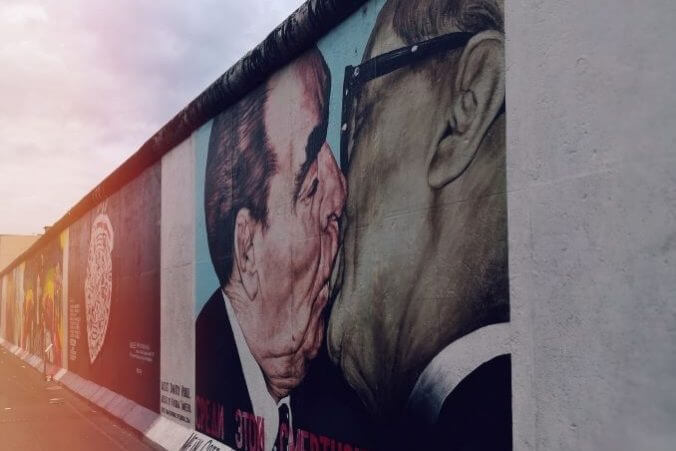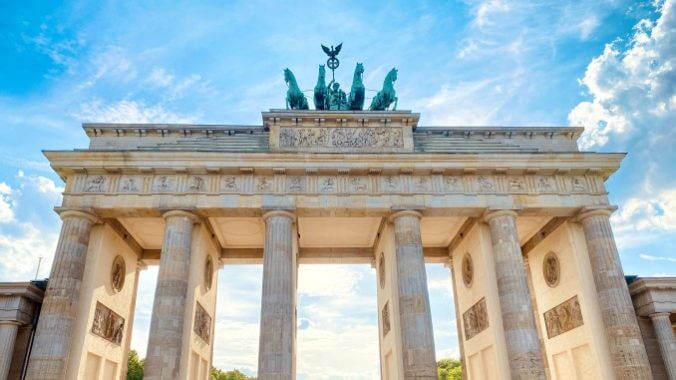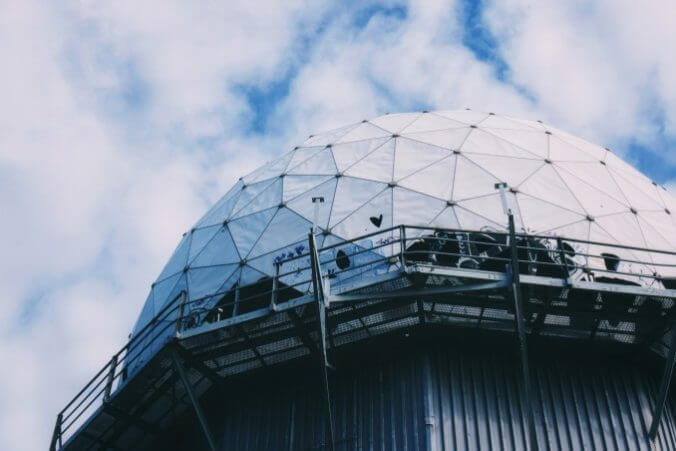What to Do in Berlin
Photos from Unsplash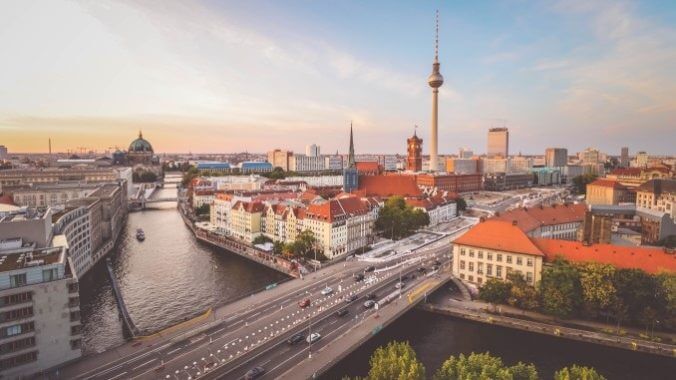
Berlin might be the most unique city in Europe and easily one of the most compelling worldwide. Having been leveled during World War II and then divided for a generation as a fractured flashpoint of the Cold War, it has endured a variety of struggles distinct among European cities. Considering movement and expression were heavily restricted for decades, the city has become a truly alive and fascinating place that prioritizes never taking for granted what has been regained since reunification in 1989. Over three decades later, modern-day Berlin has reformed as a thriving hub of weirdness, art, reinvention, and inspiring self-expression with so much to see and do, and where one can expect the unexpected while exploring its magical neighborhoods. Here are our recommendations for you what you need to do when in Berlin.
Kreuzberg
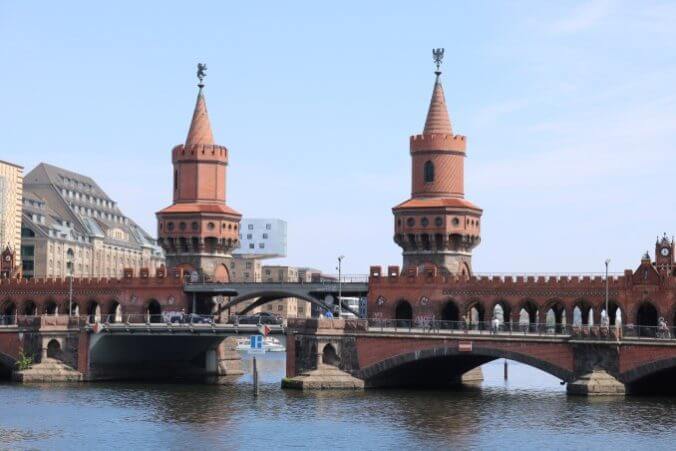
Kreuzberg, along with Friedrichshain and Neukölln, comprise the funky cultural heart of eccentricity endemic to Berlin. Vegan eateries, second hand stores, and art spaces fill the energetic districts by day, and the city’s trademark clubs, bars, and dens of debauchery take over the wild streets at night, with often considerable overlap between the two.
For a surefire way to shake off jet lag, stop by the futuristic-looking white steeples housing the Liquidrom. Feel a rhythmic sensation of weightlessness in a heated saltwater bath, where floating visitors can temporarily transcend reality via the bumping techno beats boosted by the underwater acoustics. Consider visiting like the locals by going clothes-free, or “FKK,” an acronym roughly translating to “Free body culture” commonly observed in saunas and swimming areas around the city year-round. Kreuzberg’s central location also makes it a great place to base your stay in the German capital. Book a room at the Die Fabrik Baxpax Hotel, and make new friends at the former telephone factory known to attract unconventional guests within its quirky setting. The hotel is also near the quick and efficient Berlin Metro, providing easy access to the city’s charms.
Berlin’s regions have a wealth of these old, industrial, and frequently abandoned places that have been repurposed into something awesome. Visit The Bethanien, previously a hospital now converted into a contemporary art gallery, or head over to the banks of the River Spree and explore the sustainably minded creative spaces within the former industrial complex at Malzfabrik. Grab a bite at the amusingly named White Trash Fast Food and enjoy a drink within the bright greenery at the lively Festsaal Kreuzberg beer garden. Next, catch a raucous show at Wild At Heart, a rowdy punk bar named after the classic David Lynch film, or see a band at Madame Claude, a former brothel now turned into a storied venue resembling an upside-down apartment on the inside.
If you do nothing else, no trip to Berlin would be complete without a taste of its legendary clubs. The nightlife scene in Berlin goes beyond simply having a fun night out partying—the culture, closely linked to the city’s reinvention and resilience in the wake of its decades of struggle and division, demands to be experienced. In addition to the incredible music, the clubs are often living, breathing spaces in their own right, with plenty of neat little rooms and nooks to explore as you immerse yourself in the city’s rhythms. Dance the night away at Tresor, a legendary venue and label open since 1991 soon after reunification and nestled within the halls of a former power plant that also hosts a museum to the techno genre. For the more scandalous-minded, the nearby KitKatClub is sure to promise a memorable time, where the mesmerizing space is rivaled only by the sights and notorious tales of hedonism known to frequently occur within its walls.
Finally, if you need to recharge and take a respite from the intoxicating energy of Berlin, head south to Viktoria Park, where relaxing hikes await with a pristine waterfall and lovely city views.
Neukölln / Tempelhof
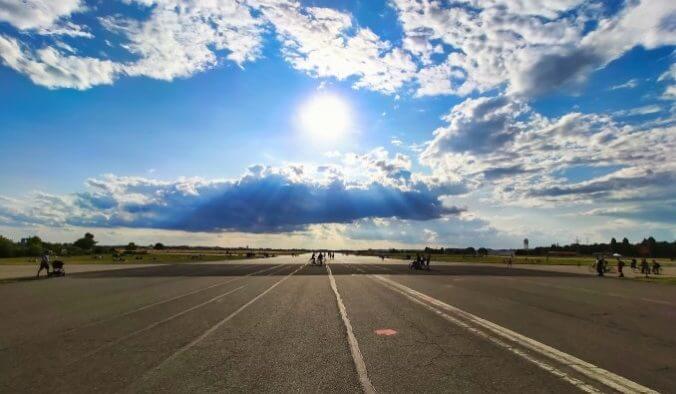
Towards the south end of Kreuzberg, a striking set of towers begin to poke out above the treeline forming the boundary to Neukölln, revealing an expansive green space that seems like it shouldn’t be there. This is Tempelhofer Feld, the remains of Berlin’s primary airport during much of the 20th century and the site of the famous Berlin Airlift. As another of Berlin’s amazing, repurposed abandoned places, the modern park makes for a fantastic place to jog, picnic, and bike on the weathered tarmac and verdant fields that often host impromptu raves surrounded by the former antiquated hangars and terminals.
-

-

-

-

-

-

-

-

-

-

-

-

-

-

-

-

-

-

-

-

-

-

-

-

-

-

-

-

-

-

-

-

-

-

-

-

-

-

-

-

